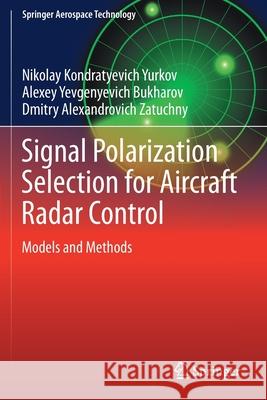Signal Polarization Selection for Aircraft Radar Control: Models and Methods » książka
topmenu
Signal Polarization Selection for Aircraft Radar Control: Models and Methods
ISBN-13: 9789813349667 / Angielski / Miękka / 2022 / 156 str.
Signal Polarization Selection for Aircraft Radar Control: Models and Methods
ISBN-13: 9789813349667 / Angielski / Miękka / 2022 / 156 str.
cena 442,79
(netto: 421,70 VAT: 5%)
Najniższa cena z 30 dni: 424,07
(netto: 421,70 VAT: 5%)
Najniższa cena z 30 dni: 424,07
Termin realizacji zamówienia:
ok. 22 dni roboczych.
ok. 22 dni roboczych.
Darmowa dostawa!
Kategorie:
Kategorie BISAC:
Wydawca:
Springer
Język:
Angielski
ISBN-13:
9789813349667
Rok wydania:
2022
Ilość stron:
156
Waga:
0.23 kg
Wymiary:
23.39 x 15.6 x 0.84
Oprawa:
Miękka
Wolumenów:
01
Dodatkowe informacje:
Wydanie ilustrowane











